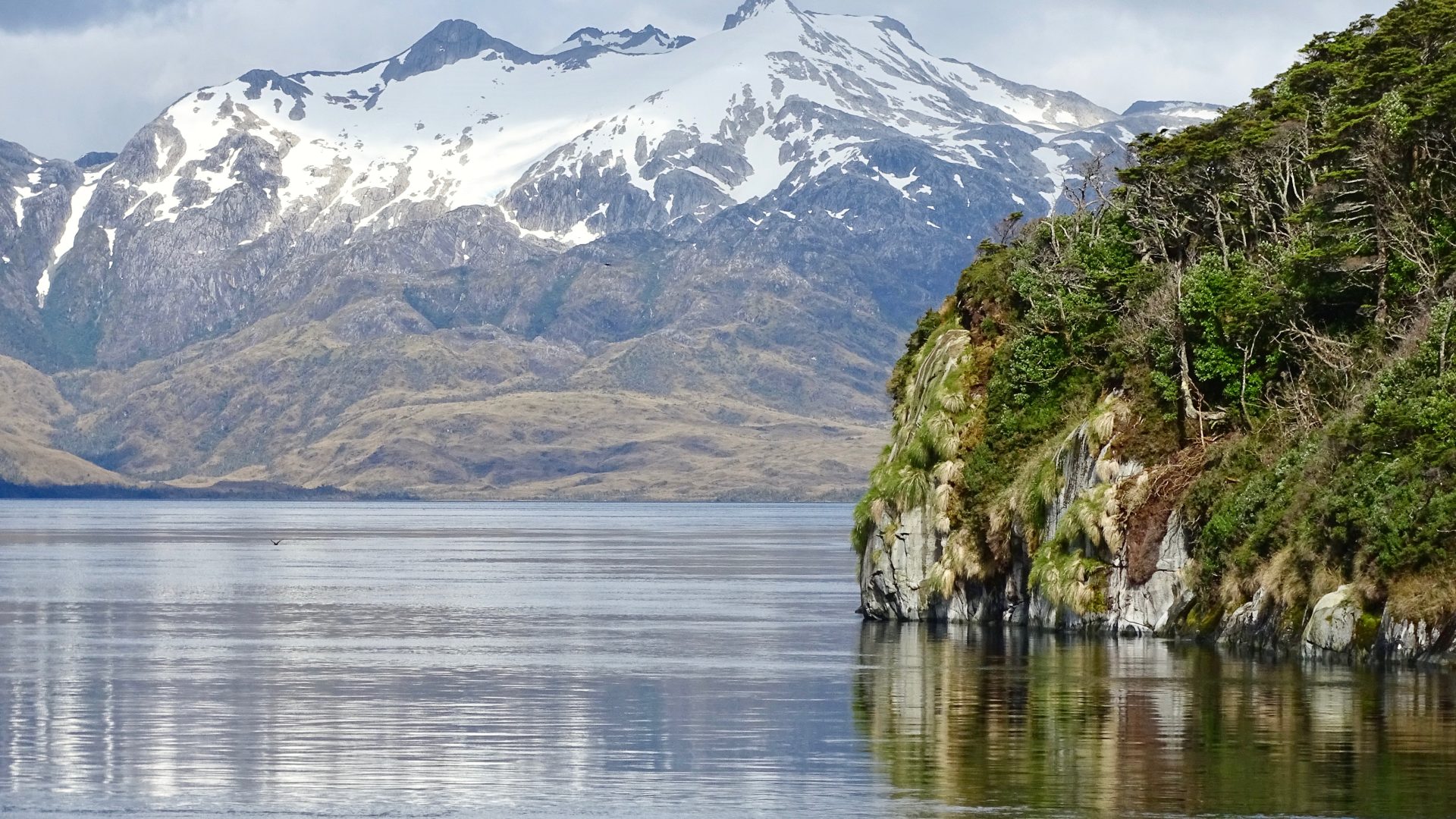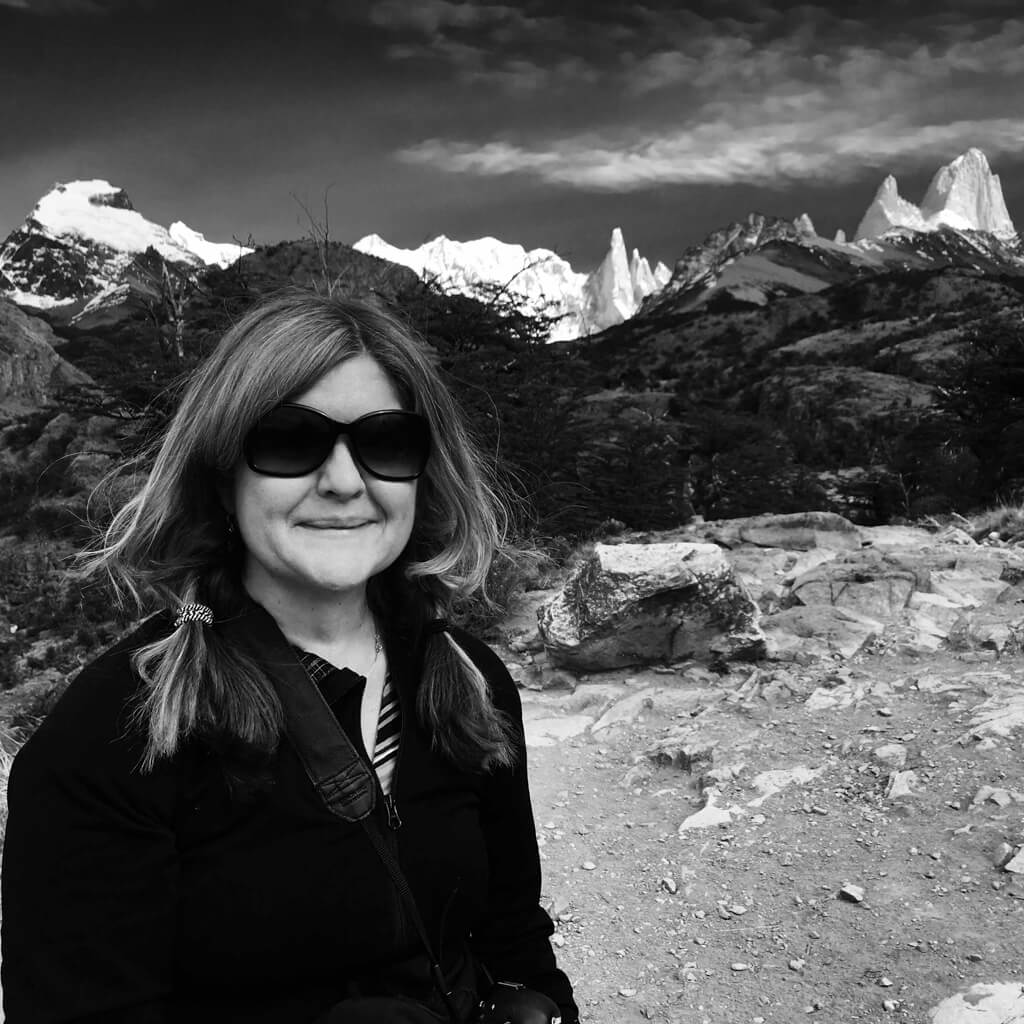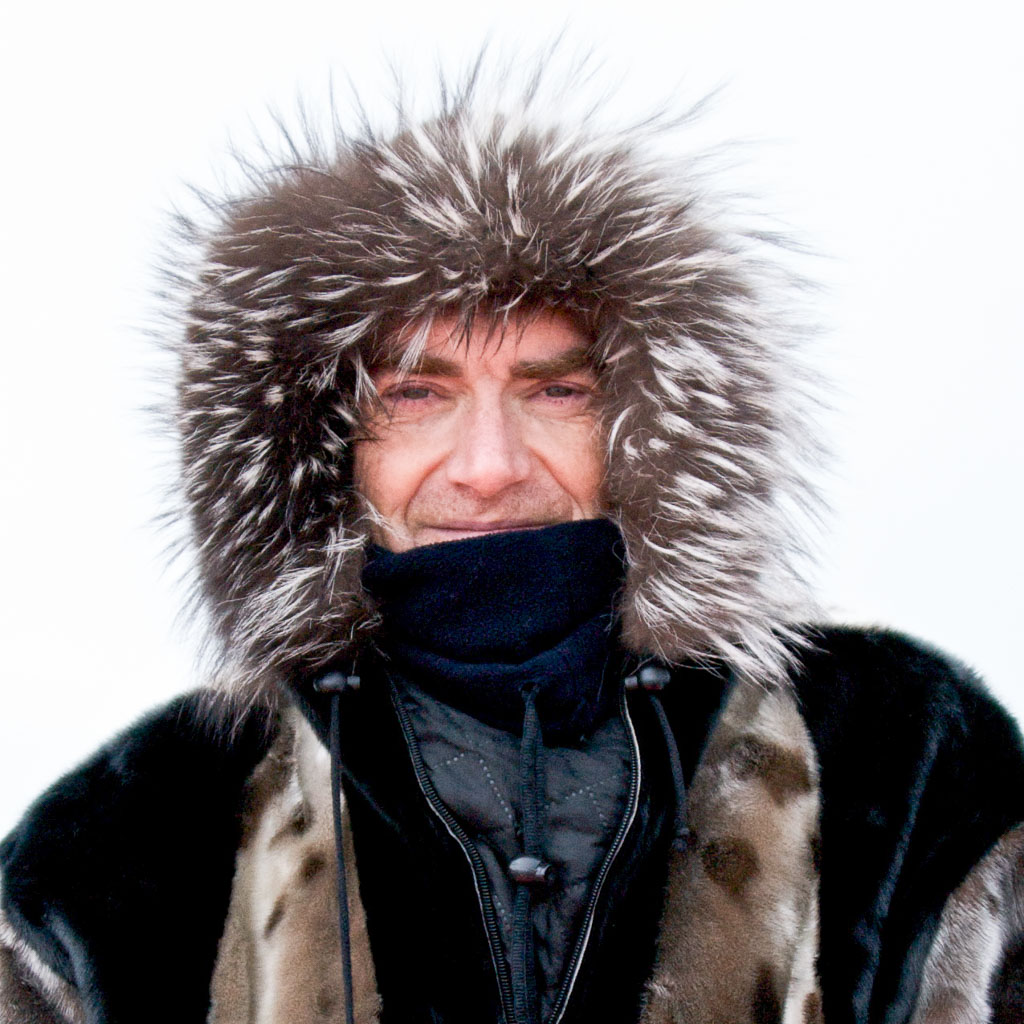
Is there room for non-native salmon farms in Chile’s Kawésqar National Park? Indigenous groups and conservationists say no, but it’s complicated.


Is there room for non-native salmon farms in Chile’s Kawésqar National Park? Indigenous groups and conservationists say no, but it’s complicated.
On the southern tip of Chile below the iconic Patagonian peaks of Fitzroy and the Torres Del Paine, a cluster of islands is the site of a heated debate between Indigenous residents and industrial salmon farmers.
Kawésqar National Park in the Magallanes Islands, like much of the land on the rugged southern tip of the continent, is designated a protected natural area. This designation bars heavy industry or commercial development—but that protection doesn’t extend to the inlets and fjords just off the coast of the National Park, which is categorized as a National Reserve. There, 67 salmon farms operate in spite of protests by Indigenous communities and conservation groups. And currently, applications for 66 more farms are under consideration by Chilean authorities.
Salmon isn’t native to Chile, but farmed fish has grown into a $4.8 billion industry. Today, fish is the nation’s second-most profitable export after copper.
Whenever non-native species are introduced to an ecosystem, they run the risk of disturbing the delicate balance of existing plant and animal life. Salmon that escape their enclosures usually don’t survive long enough to establish wild populations or breed with wild fish in significant numbers. Although it is a risk, the bigger disruption comes from industrial pollutants.
Salmon farms add large quantities of fertilizers, antibiotics, and other chemicals used to protect the fish from parasites to the local waterways, which can lead to blooms of algae and plant growth that choke out native fish and plant life. So in this way, salmon farms do pose a threat to the native ecosystem by their mere presence rather than the addition of non-native fish.
The Kawésqar people, whose ancestors have lived in the region for thousands of years and who fish in the inlets of the islands now, see the salmon farms as an existential threat.
“I call it ethnocide because it’s the new way of eliminating Indigenous people,” Leticia Caro, a leader of the Kawésqar Sea Nomads, told Mongabay. “Today they don’t shoot bullets but they continue eliminating us, in the sense that they destroy our cultural activities, our way of seeing the world, the spaces that are important to us.”
The Kawésqar people, who survived genocide and colonization, now feel the need to protect their local food sources and fend off what they see as a legal encroachment on their land rights.
Other species are also at risk, including “endangered species like humpback whales, orcas, sea otters, endemic Chilean dolphin, cold water corals, albatross, penguins—are all threatened by salmon farms,” Alan Friedlander, Pristine Seas’ chief scientist and a researcher at the University of Hawai‘i who led a study of the farms’ environmental impacts, told Mongabay.
Industry officials have pointed out that most of the farms predate the establishment of the Kawésqar National Reserve, and the farms themselves only take up 0.06 percent of the Reserve. Of course, when it comes to ecosystems—particularly waterways—a small presence can have a huge impact.
For decades, Chile has struggled to balance economic development with sustainable environmental stewardship and human rights. In the midst of a larger reckoning over the impacts of heavy industry on human and nature’s health, driven in part by Indigenous organizers, it’s possible that change is coming for the Kawésqar people and their ancestral fishing grounds in the Magallanes.

Miyo McGinn is Adventure.com's US National Parks Correspondent and a freelance writer, fact-checker, and editor with bylines in Outside, Grist, and High Country News. When she's not on the road in her campervan, you can find her skiing, hiking, and swimming in the mountains and ocean near her home in Seattle, Washington.








Can't find what you're looking for? Try using these tags: